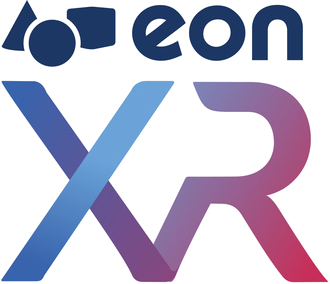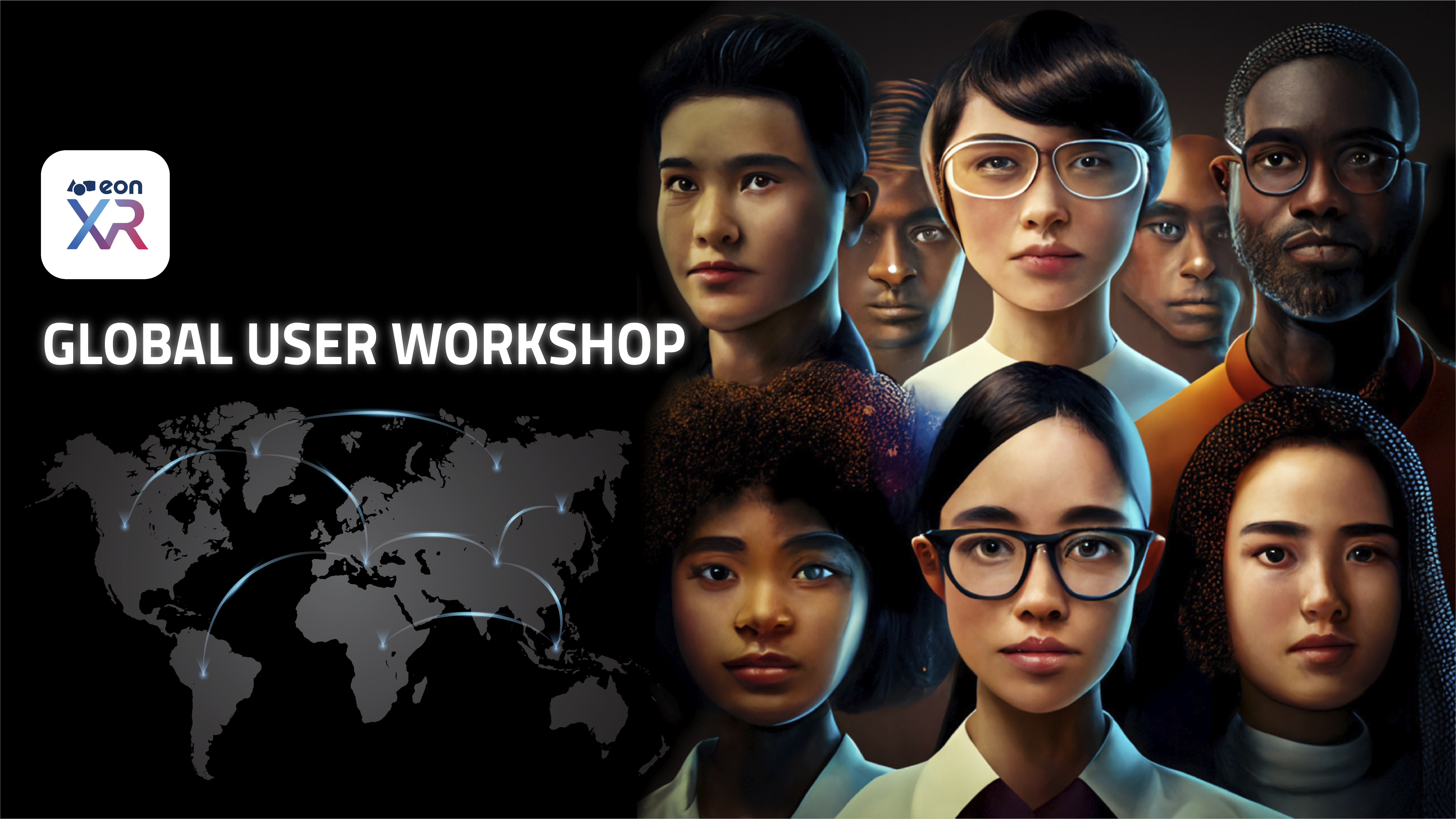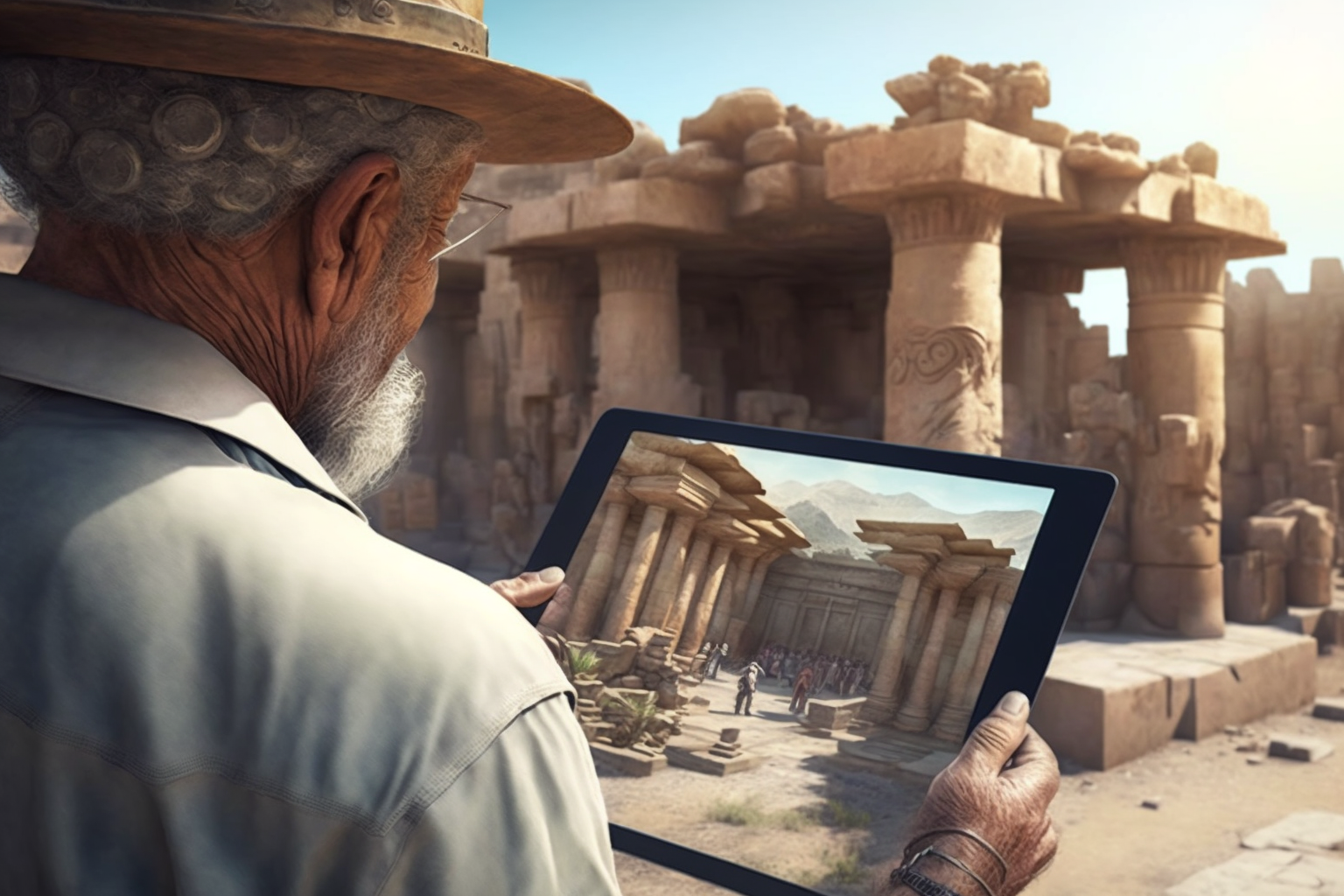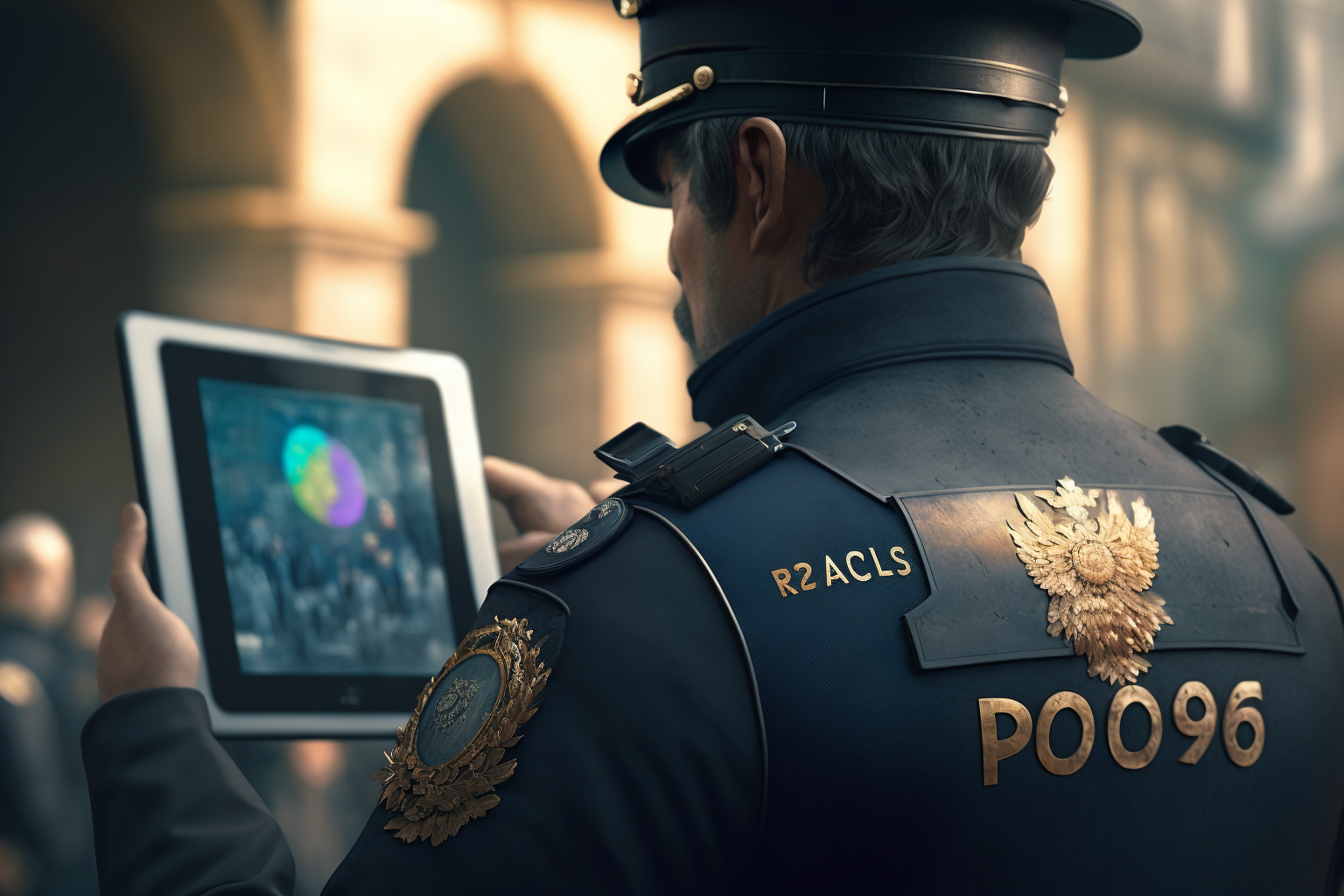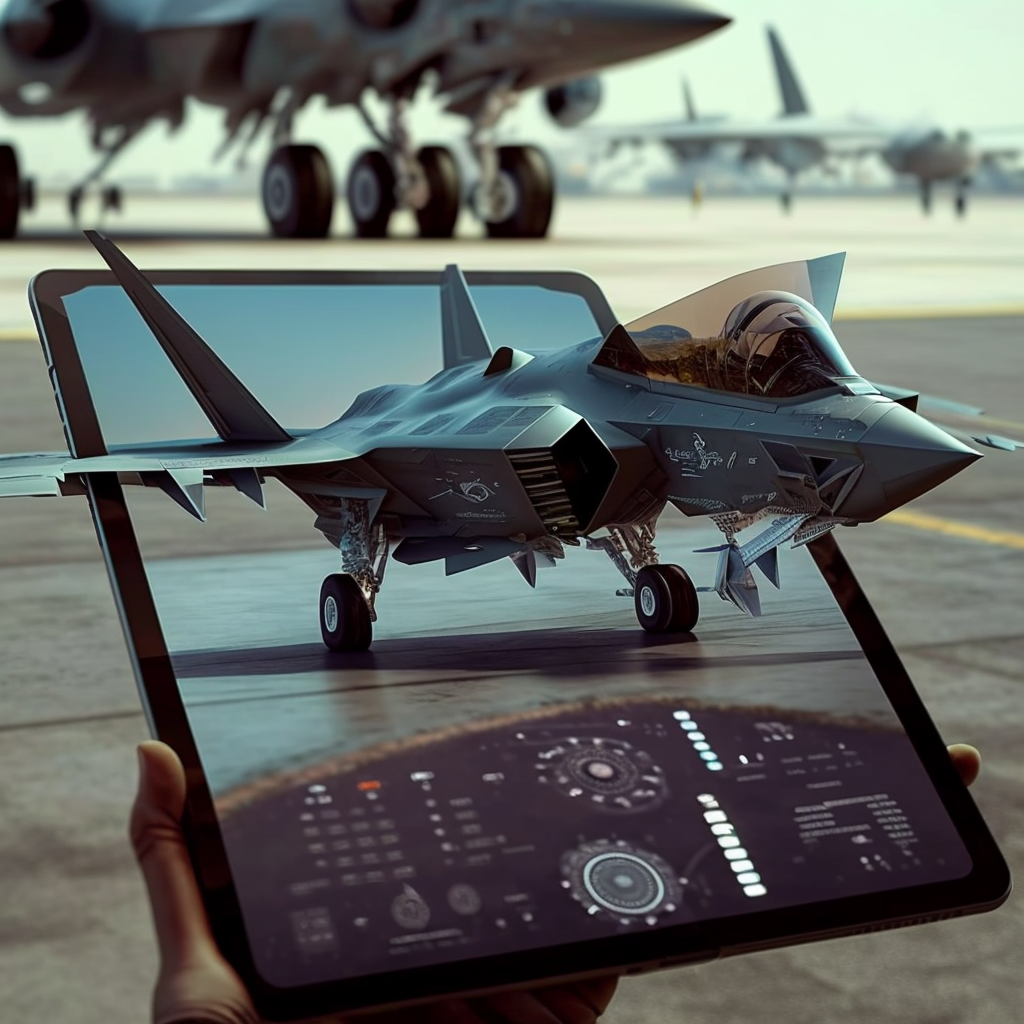![]()
With school budgets tight and parents often complaining that kids spend too much time playing video games, why are educators pushing students to use a relatively little-understood, but visually powerful technology? More and more school districts and classroom teachers are finding that virtual reality can be just what they need when classes can’t afford to take a field trip across town, much less to another state or overseas. And that’s just the beginning of the possibilities that VR offers. With affordable devices such as Google Cardboard, a growing number of virtual experiences are suddenly available to students everywhere.
While data on just how widely virtual reality is used in schools is hard to come by, anecdotal evidence and the rate at which VR apps and devices for educational purposes are popping up suggest that educational VR is here to stay.
Long considered a novelty for gamers, VR is making the transition to the classroom for two key reasons: affordability and available content, according to Maureen Brown Yoder, professor of education technology at Lesley University. Inexpensive equipment, offered most notably by Google Cardboard, is helping VR with the affordability issue, while an increasing number of apps aimed at education are helping make content accessible. “VR has been around for many years, but I don’t think it was very widely used at all in education,” said Yoder. “But the real difference is that now there’s better content.”
Does the technology’s growing availability translate to value in the classroom? Imagine a student sitting at a desk, looking at a TV set or a computer monitor. Her eyes may appear to be focused on that screen, but she may also be looking out the window to the playground. If she’s looking through a VR viewer, all distractions are blocked out. “When adults first look through viewers, they just look through the viewer, straight ahead,” Yoder said. “But give one to kids, and they’re looking around, looking backward. The view is 360 degrees.” And that includes only intended content.
Cutting out distractions is just the beginning. In using a format that children are familiar with through games, teachers can present content more effectively. A study published in Nature Biotechnology found a “76 percent increase in learning outcomes when student[s] used a gamified lab simulation … and a 101 percent increase when they used it in combination with traditional teaching methods.” Those are some rather promising numbers.
VR has the power to excite kids in a way that textbooks and worksheets don’t. Barbara Mikolajczak, marketing and community relations manager at the Immersive Education Initiative, runs VR camps and classes for students in the Boston area. Her pupils have worked with other students from Australia in Minecraft, a virtual game where users can create their own world or experiences, to build a virtual version of the Old North Church in Boston.
“The students were so excited about converting meters to feet,” Mikolajczak said. “They realized that the doors wouldn’t be in the center, so that evolved into a lively discussion about what’s more important: the pure numbers or the symmetry of design. You wouldn’t have seen that in a normal lesson about the Old North Church.”
Jaime Donally, instructional technology coordinator at the Gladewater Independent School District in Texas, said virtual reality can also help kids be open to experiences that may scare them. “Students who may be afraid to go underwater or can’t swim can go to the Great Barrier Reef. It gives them that experience, a toe dipped into the water, to see what it’s about,” Donally said. “It may inspire them to be explorers and take risks in the class.”
Read the full story here.



